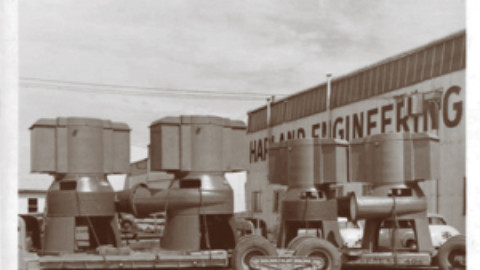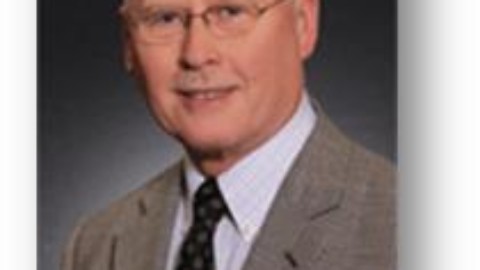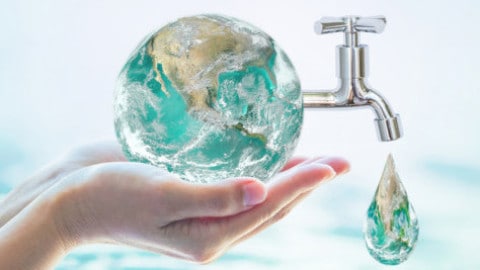Thompsons, Kelly & Lewis (TKL) was a pivotal player in the industrial history of Victoria. The corporate history of TKL and its corporate owners is tortuous and complex, with the major players advancing and retreating only to metamorphose and re-emerge years later.
David Thompson arrived in Melbourne in 1852 as a poor Irish immigrant looking for his fortune. His brother James joined him in 1853 and together with two other partners they set out to build a crushing plant at Old Quartz Hill in Castlemaine. In 1855 they took up an abandoned claim on Old Quartz Hill and struck gold. In 18 months, they extracted 18,000 pounds and divided it four ways. The brothers David and James returned to Ireland to settle their family’s debts and returned to Melbourne with a steam-driven crushing battery. They erected crushing plants, and installed engines, pumps and winding gear on many sites in the central mining districts.
In 1875, the Engineering Works and Foundry were opened in Castlemaine. The foundry proved very successful financially. In 1880 the firm submitted its first tender to the Victorian Railways (V.R.) for the supply of points and crossings. The railways were expanding, which led to large quantities of these parts and even export contracts.
Thompson & Co. was versatile in the work taken on: stove tops, new cranks for sausage machines, plough wheels, stamp batteries, granite polishing equipment, air compressors and wool washing machinery. Crowbars appear in the contract books with shafts and pulleys and pumping equipment for mines, and, in 1882, a 60-foot diameter water wheel.
In 1899, machine foreman E.P. Lewis left the company after ten years. He formed a machining company with George Kelly that became Kelly & Lewis, a manufacturer of pumps.
By 1905, the company built the first dredging plant. Thompsons became the pioneers of the system of alluvial mining by hydraulic sluicing, to such an extent that their gravel pumps were being used throughout Australia, New Zealand, Nigeria, Holland and the Federated Malay States. In a few years, more than 50 of the company’s dredges, incorporating gravel pumps, nozzle pumps, sluice boxes and boilers, were working in the Castlemaine district alone. Air compressors and steam and electric winders were manufactured for all the principal mining fields in Australia.
 In 1913, the business was formed into a proprietary company under the title of Thompson & Co. (Castlemaine). In that same year, it gained a contract to build Dd class locomotives. Forty were built between 1914 and 1917, and, in 1920, components for a further 20 were supplied for assembly in V.R. workshops in Bendigo, Ballarat and Newport. The first locomotive steamed out of the works on 12 December, 1914. The period 1913-1920 was one of great progress. The company played a valuable part in the war effort for World War I by manufacturing marine steam engines, as well as making munitions. To manufacture railroad tyres, a new forge building was erected, housing a 500 tonne and a 1,000 tonne hydraulic press together with the necessary furnaces and rolling plant. After machining, the tyres were shrunk onto wheels.
In 1913, the business was formed into a proprietary company under the title of Thompson & Co. (Castlemaine). In that same year, it gained a contract to build Dd class locomotives. Forty were built between 1914 and 1917, and, in 1920, components for a further 20 were supplied for assembly in V.R. workshops in Bendigo, Ballarat and Newport. The first locomotive steamed out of the works on 12 December, 1914. The period 1913-1920 was one of great progress. The company played a valuable part in the war effort for World War I by manufacturing marine steam engines, as well as making munitions. To manufacture railroad tyres, a new forge building was erected, housing a 500 tonne and a 1,000 tonne hydraulic press together with the necessary furnaces and rolling plant. After machining, the tyres were shrunk onto wheels.
This process was phased out in the 1960s when solid railroad wheels were invented. During the 1920s, the company began to manufacture steam turbines, and condensing and feed heating plants for power stations throughout Australia. The manufacture of such items continued until 1979.
It was decided to reconstruct the company under the name Thompsons Engineering & Pipe Co. This came about on 25 August 1925 – a date of some significance, as it marked 50 years of the existence of the Thompsons Engineering facility. It also marked the end of the influence and presence of the Thompson family.
As soon as Australia decided on an all-in war effort (World War II), Thompsons was one of the first establishments to be drawn in, because of the facilities and skilled personnel available. The forge was used extensively, forging crankshafts and 25-pounder recuperators, and oil-fired furnaces were installed for heat treatment, as well as an electric furnace to manufacture cannons. There were 800 employees at Castlemaine and 200 at Williamstown. The place was full of work – engines, compressors, turbines, pumps and new machines were purchased and installed, and there was a great sense of urgency and achievement about the plant.
After World War II there was a great demand for electrical power, and to meet this need a new fabrication shop was erected. In 1946, the name of the company was changed to Thompsons (Castlemaine) Ltd. By 31 March,1946, the volume of work on hand was sufficient to ensure that, even if no further orders were received, the business’s 500 employees would be fully occupied for at least two, and possibly three, years. This glut of work persisted well into the next decade.
To attract workers, the company built housing in Castlemaine. Increased demand for rail trackwork led to the design and erection (in 1957) of a new rail shop at the north end of the plant, equipped with new machine tools, some of them designed in-house.
In 1962, a large extension to the hydraulic laboratory was built, making it the largest of its type in the Southern Hemisphere. It provided a wet well of 250,000 gallons, and subsequent electrical modifications have extended the maximum power capacity to 4400 hp. The pumps of Thompsons range from the smallest standard pump to the specially designed pump for the largest application. Small standard pumps are supplied to irrigation shop-front distributions throughout Australia. Large pumps may be supplied to power stations, town irrigation pumping plants, alumina refineries, petrochemical processing plants and offshore oil production or storage platforms. The centenary of 1975 celebrated the Liddell 108” circulating water pumps as the largest ever manufactured by Thompsons, presenting a major challenge in both design and manufacture.
During 1968, the Chairman and Group General Manager, Mr A.F. Johnstone, spent time in Europe and America, studying industrial and management techniques as part of a plan to examine and assess the future prospects of Thompsons. Meanwhile, shares of the company were being bought by Mather & Platt, owners of Kelly & Lewis. Fearing a hostile takeover, the company negotiated a manufacturing agreement with Byron Jackson Pumps, then a division of Borg Warner and later one of the companies that became Flowserve Corporation. The new manufacturing agreement broadened Thompsons’ capacity for the manufacture of specialist pumps. Several American employees from the Vernon, California, headquarters then became general managers, including Mr Myron Oakes and Mr Ron Hoppel, who had long careers at Byron Jackson.
In 1981 Byron Jackson quit the management of Thompsons, which now came under the control of Borg-Warner, Australia. Borg Warner’s manufacturing skills were highly developed and there was no hesitation in investing in production equipment. During 1982-1984, the iron foundry was upgraded by the introduction of production line facilities for small castings, pollution control equipment on the coke-fired cupolas, a new metal yard and furnace charging equipment.
In 1987, Borg Warner and the Wormald Pump Division (the owner of Kelly & Lewis) merged. The new company was called Thompsons, Kelly & Lewis, Ltd. The two companies that had split in 1899 were reunited. The Springvale plant of Kelly & Lewis was closed and a smaller plant opened in Mulgrave, VIC. In addition to being the largest pump manufacturer in Australia, TKL was also the largest supplier of railroad points and crossings. Kelly & Lewis had licensing agreements in place with a number of pump companies including Worthington Pumps. By 1987, Worthington and Dresser had merged and TKL had access to a complete line of products. More than 40 per cent of the sales were derived from these licensed products.
Dresser Pumps became a 20 per cent owner of TKL. When IDP was formed in 1994, the IR factory in Australia was rolled into TKL and IDP became a 25 per cent owner of TKL. In 2005, Flowserve exercised its option and acquired the remaining 75 per cent of TKL.
Today, TKL manufactures Flowserve products for the Australian and New Zealand markets. These include some of the heritage products that TKL already made under Byron Jackson, like the DMX, as well as products developed for the mining industry, including the Titan Slurry and Terra Titan pumps.
Quick Response Centres (QRCs) are located in Mulgrave (Victoria), Perth (Western Australia), Brisbane (Queensland), Sydney (New South Wales), Whyalla (South Australia), Darwin (Northern Territory) and Christchurch (New Zealand) to support the pumps manufactured in Castlemaine.












